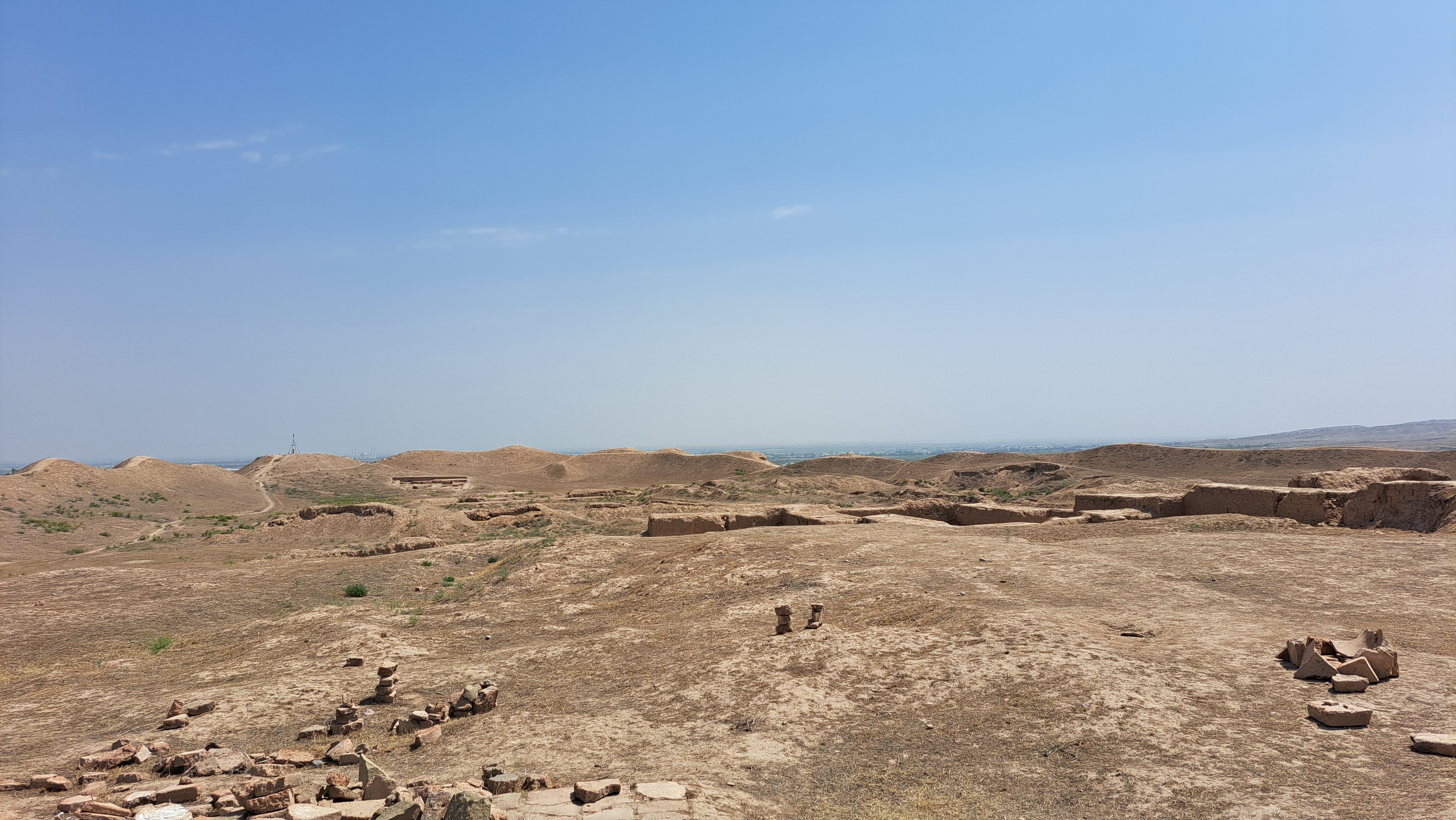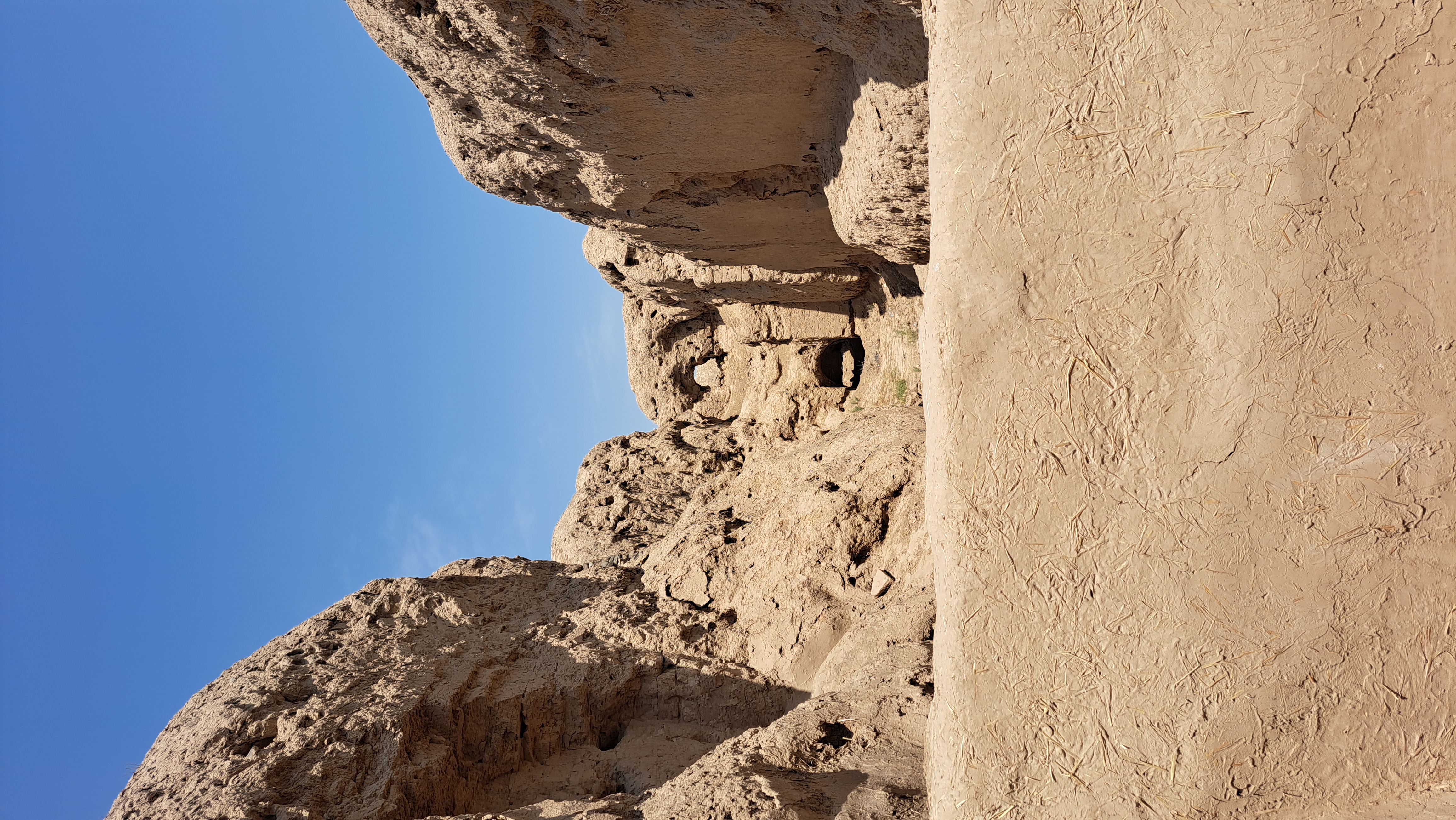

 Nestled in the foothills of the Kopet Dag mountains, just 18 kilometers southwest of modern-day Ashgabat, lies one of Central Asia's most significant archaeological sites: Ancient Nisa. This UNESCO World Heritage Site was once the capital of the mighty Parthian Empire, a civilization that ruled over vast territories from the 3rd century BCE to the 3rd century CE.
Nestled in the foothills of the Kopet Dag mountains, just 18 kilometers southwest of modern-day Ashgabat, lies one of Central Asia's most significant archaeological sites: Ancient Nisa. This UNESCO World Heritage Site was once the capital of the mighty Parthian Empire, a civilization that ruled over vast territories from the 3rd century BCE to the 3rd century CE.
The Parthian Empire emerged in the 3rd century BCE when Arsaces I, a nomadic leader, established his rule over the region that now encompasses parts of Iran, Iraq, Turkmenistan, and beyond. The Parthians created one of the most powerful empires of the ancient world, successfully challenging the might of Rome and controlling the lucrative Silk Road trade routes.
Nisa served as the royal residence and administrative center of the Parthian Empire for several centuries. The city was strategically located along the Silk Road, making it a crucial hub for trade between East and West. Here, Parthian kings held court, received foreign ambassadors, and managed their vast empire.

Archaeologists have identified two distinct areas at Nisa:
Old Nisa (Parthaunisa): This fortified royal complex contains the remains of palaces, temples, and administrative buildings. The site is surrounded by massive mud-brick walls that once protected the Parthian elite.
New Nisa: Located nearby, this area contains the remains of the civilian settlement that supported the royal complex.
Over decades of excavation, archaeologists have uncovered:
Perhaps the most famous discoveries at Nisa are the ivory rhyta - ceremonial drinking vessels carved with intricate scenes from Greek mythology. These artifacts demonstrate the cultural fusion that characterized the Parthian Empire, combining Persian, Greek, and Central Asian influences.
Nisa is easily accessible from Ashgabat:
 The Fortress Walls: Massive mud-brick walls, some reaching 8 meters in height, encircle the royal complex. These impressive fortifications demonstrate the engineering skills of the Parthians.
The Fortress Walls: Massive mud-brick walls, some reaching 8 meters in height, encircle the royal complex. These impressive fortifications demonstrate the engineering skills of the Parthians.
The Round Hall: One of the most impressive structures, this circular building likely served as a throne room or ceremonial hall. The architectural design is unique and shows sophisticated construction techniques.
The Square Hall: Another significant structure, possibly used for administrative purposes or as a temple.
The Treasury: Where many of the famous ivory artifacts were discovered.
Spring and Autumn: These seasons offer the most comfortable temperatures for exploring the ruins. The site can be extremely hot in summer and cold in winter.
Early Morning or Late Afternoon: Visit during these times to avoid the midday heat and capture the best photographs with dramatic lighting.
Nisa represents a fascinating intersection of cultures. The Parthians successfully blended:
As a major stop on the Silk Road, Nisa played a crucial role in:
The strategic location of Nisa allowed the Parthians to:
Archaeological work at Nisa continues to this day, with teams from Turkmenistan and international institutions working to:
The site faces several preservation challenges:
Nisa was inscribed on the UNESCO World Heritage List in 2007, recognizing its:
The Parthians were master builders who developed unique architectural techniques:
The artifacts found at Nisa reveal exceptional artistic skill:
Nisa's influence extended far beyond its physical location:
Essential Items:
Optional Items:
Best Shots:
Technical Considerations:
Preservation Guidelines:
While Nisa is the most significant Parthian site in Turkmenistan, other locations worth visiting include:
To fully appreciate Nisa, consider visiting:
The Turkmen government is working to:
Ongoing and future research at Nisa aims to:
Ancient Nisa offers visitors a rare opportunity to step back in time and experience the grandeur of the Parthian Empire. The site's impressive ruins, rich archaeological finds, and historical significance make it a must-visit destination for anyone interested in ancient history, archaeology, or Central Asian culture.
Standing among the ancient walls of Nisa, you can almost hear the echoes of Parthian kings, merchants, and diplomats who once walked these same paths. The site serves as a powerful reminder of the interconnected nature of ancient civilizations and the enduring legacy of the Silk Road.
Whether you're a history enthusiast, archaeology buff, or simply curious about Turkmenistan's rich heritage, Nisa provides an unforgettable journey into the past. The combination of historical significance, archaeological importance, and natural beauty makes this UNESCO World Heritage Site a truly special place to explore.
Ancient Nisa stands as a testament to the power and sophistication of the Parthian Empire, offering modern visitors a unique glimpse into one of history's most fascinating civilizations.